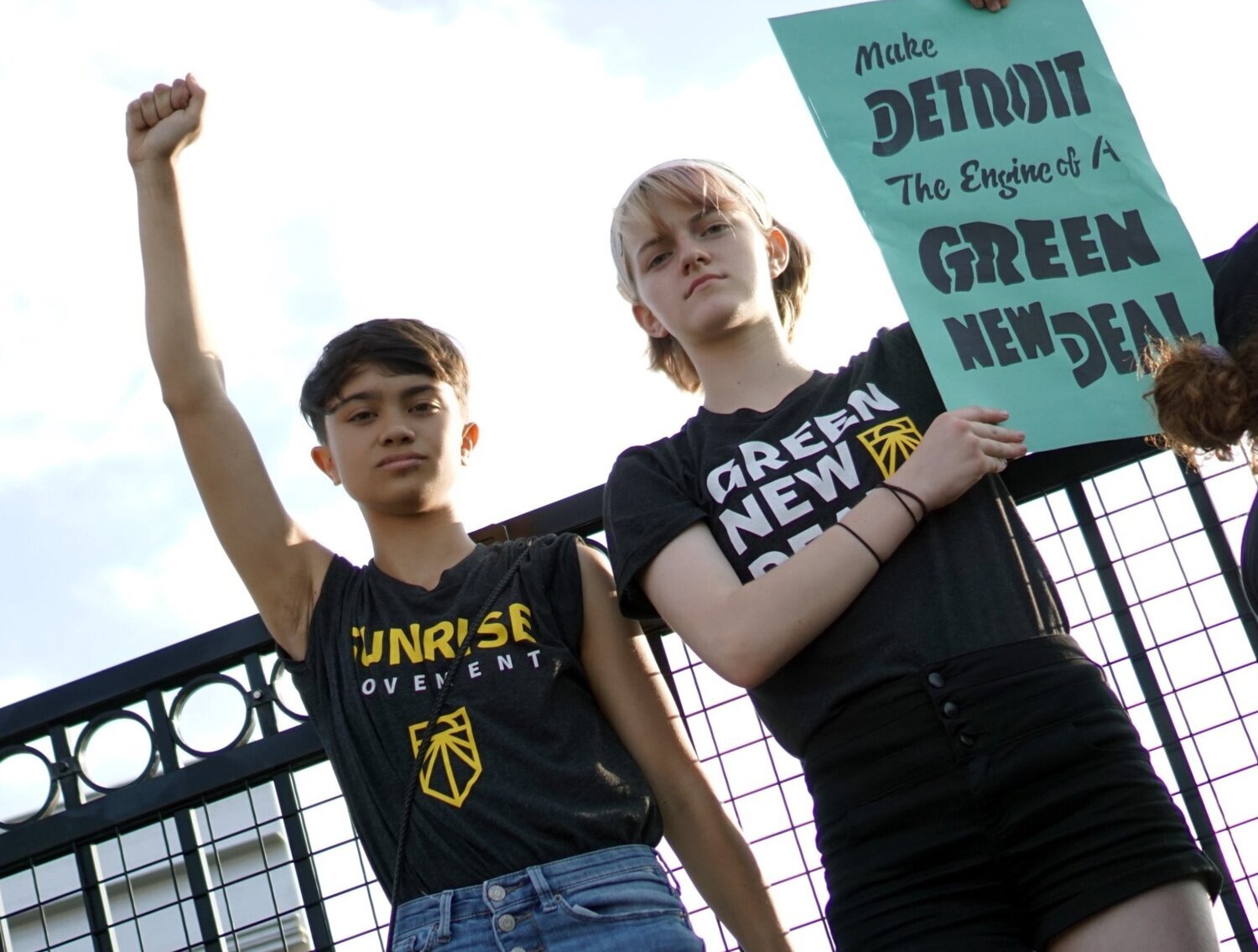NEXT
What now? Where now?
Our time together: Reflections from the This Human Moment team.
Over the past 122 days, we—the team at This Human Moment—have been on our own unexpected journey of the making this series.
At our last “stand down” session after Friday’s episode, we each shared a few words about what that journey meant for us. Here’s a graphic of the words uttered.
What do you yearn for, still?
122 days ago, we sat down for the very first time to create our first episode. From those very rickety first airings (where we couldn’t always get the technology to work) until today when our community is approaching 10,000 members—you have given us the energy and ideas to keep going.
We have co-created seven episodes. And now, we sit down to think about the second season. (We don’t know when, who, how a second season will be born.) But we are starting to summon hope and courage.
Immerse in the lives of others.
Take a beautiful journey into moral imagination.
“The Work of Moral Imagination.” Created by the founder of Acumen Jacqueline Novogratz, Keith Yamashita, and artist Doug Fitch with support from Tommy Nguyen.
















